This article includes a list of general references, but it lacks sufficient corresponding inline citations .(April 2017) |

Hugo Darnaut, originally Hugo Fix, (28 November 1851, Dessau – 9 January 1937, Vienna) was an Austrian landscape painter. [1]
This article includes a list of general references, but it lacks sufficient corresponding inline citations .(April 2017) |

Hugo Darnaut, originally Hugo Fix, (28 November 1851, Dessau – 9 January 1937, Vienna) was an Austrian landscape painter. [1]
His father, Michael Fix, was a court performer who went by the stage name "Darnaut". He was raised in Graz and began by studying decorative art in Vienna with a theater painter named Heinrich Burghart, then enrolled at the Academy of Fine Arts, where he studied with Eduard Peithner von Lichtenfels. Thanks to a scholarship, he was able to go to Düsseldorf, where he studied with the landscape painters Andreas Achenbach, Robert Meyerheim and Johannes Wortmann . He became a member of the Vienna Künstlerhaus in 1877. During the early 1890s, he spent some time with Gustav Schönleber in Karlsruhe.
Following the death of Emil Jakob Schindler, he took over the Schloss Plankenberg in Sieghartskirchen, where Schindler had operated a school of landscape painting. He also organized large-scale exhibitions in Berlin, Paris and Venice, among others. In 1900, he and the architecture painter, Erwin Pendl , created a monumental bird's-eye view of Vienna for the Exposition Universelle. From 1913 to 1918, he was President of the Vienna Cooperative of Fine Artists.
In 1925, he became an honorary member of the Technische Universität Wien and, five years later, he was named a Bürger (citizen) of Vienna.
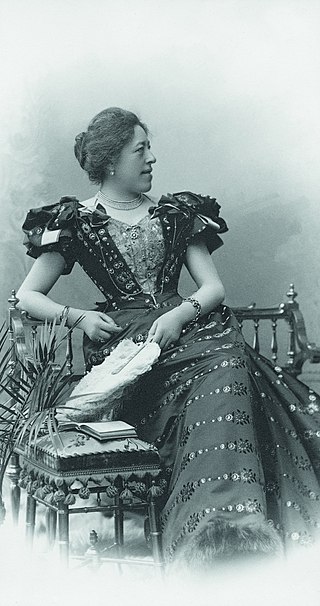
Olga Wisinger-Florian was an Austrian impressionist painter, mainly of landscapes and flower still life. She was a representative of the Austrian "Stimmungsimpressionismus", a loose group of Austrian impressionist painters that was considered avant-garde in the 1870s and 1880s.

Carl Julius Rudolf Moll was an Austrian art nouveau painter active in Vienna at the start of the 20th century. He was one of the artists of the Vienna Secession who took inspiration from the pointillist techniques of French Impressionists. He was an early supporter of the Nazis and committed suicide as Soviet forces approached Vienna at the end of World War II.

Emil Jakob Schindler was an Austrian landscape painter. His eldest daughter was the author and composer, Alma Mahler.
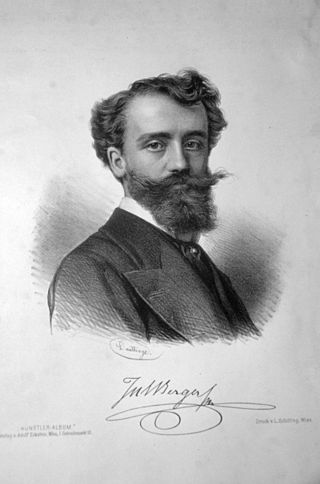
Julius Victor Berger was an Austrian painter who is known primarily for his genre paintings and portraits.
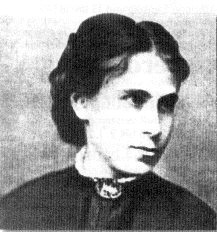
Tina Blau, later Tina Blau-Lang was an Austrian landscape painter.
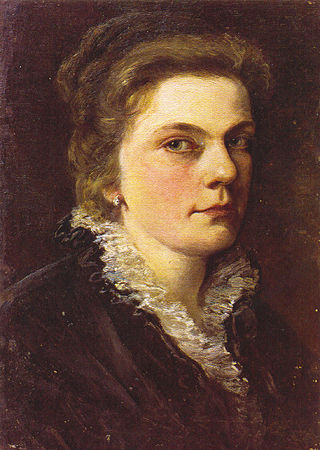
Marie Egner was an Austrian painter.

Theodor Hörmann von Hörbach was an Austrian landscape painter.
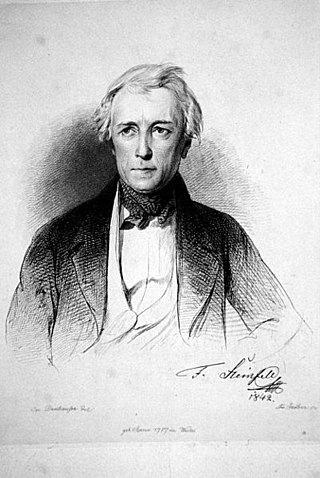
Franz Steinfeld was an Austrian landscape painter. He is often referred to as "The Younger", to distinguish him from his father, also named Franz (1750-1832), who was a sculptor.

Franz Rumpler was an Austrian genre and landscape painter.
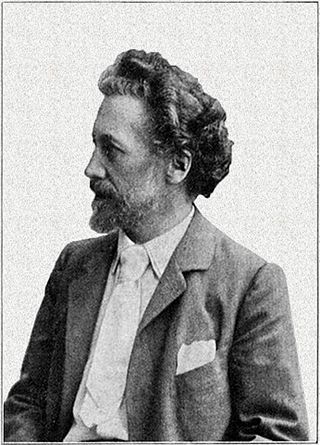
Edmund Ritter von Hellmer, born Edmund Hellmer and ennobled in 1912, was an Austrian sculptor who worked in the styles of Historicism and Art Nouveau.

Ernestine von Kirchsberg was an Austrian landscape painter.

Richard Alfred Eugen Jettel was an Austrian painter, producing mainly landscapes. He studied at the Vienna Academy and moved to Paris in 1873, before moving back to Vienna in 1897 and serving as a co-founder of the Vienna Secession. He was made a Knight of the Légion d'honneur in 1898.

Carl Vincenz Schindler was an Austrian military painter in the Biedermeier style. He was sometimes referred to as "Soldaten-Schindler".

Dr. Emil Mayer was an Austrian photographer, lawyer, inventor, and businessperson.
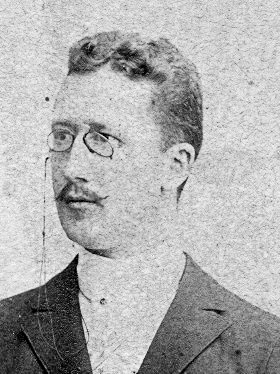
Karl O'Lynch von Town, or Carl O'Lynch of Town was an Austrian Post-Impressionist painter of Irish ancestry.

Alfred Zoff was an Austrian Post-Impressionist landscape painter.

Bertha von Tarnóczy-Sprinzenberg was an Austrian art teacher and painter, specializing in landscapes and still lifes.

Ludwig Michalek was an Austrian portrait painter, graphic artist and copper engraver.

Rudolf Ribarz was an Austrian landscape painter.

Wilhelm Legler also Guglielmo Legler was a painter from Pisino, Istria.